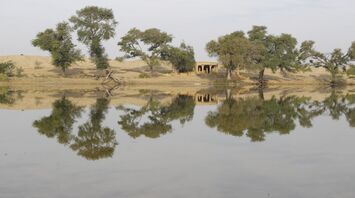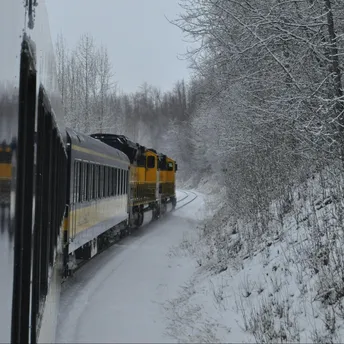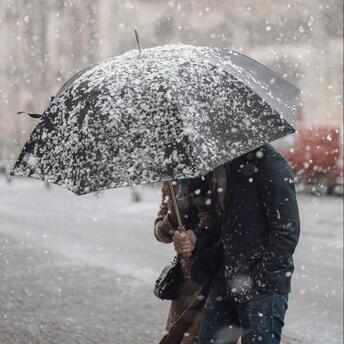Unusual Rainfall in the Sahara: Revival of Ancient Lakes and Challenges for Locals

The Sahara, the largest hot desert on the planet, has recently experienced a rare weather event—heavy rainfall, which has turned its sand dunes into blue lagoons and brought much-needed moisture to some of its driest areas. The heaviest rainfall in the last 50 years has left large parts of the desert flooded. Local residents and experts have expressed surprise, as such intense rainfall is highly unusual for a region known for its arid conditions.
Revival of Ancient Lakes
The torrential rains have brought rivers and lakes back to life that had been dry for decades. One such lake is Lake Riki, located between the Zagora and Taroudant regions in Morocco. For the first time in 50 years, water has returned to its basin, as confirmed by NASA satellite images. This rare phenomenon has not only revived ancient water bodies but also highlighted the increasing unpredictability of climate conditions in the 21st century.
Dangers for Local Populations
While the revival of ancient lakes is astonishing, the heavy rains have also led to disastrous consequences in Morocco and Algeria. Severe floods have claimed the lives of dozens, destroyed farmers’ crops, and caused significant damage to infrastructure. The affected regions, already suffering from the worst drought in 40 years, now find themselves at the center of this climatic anomaly.
Meteorologists warn that such abrupt changes in weather are a result of global climate change. The World Meteorological Organization points out that shifting climate patterns are causing unpredictable rainfall and extreme events like sudden floods and prolonged droughts. Experts predict that the hydrological cycle will become even more erratic, leading to further weather anomalies in the future.
New Prospects for Travelers?
These unusual natural phenomena in the Sahara may attract travelers eager to witness the rare transformation of the desert. However, potential tourists should remain cautious: unexpected floods and extreme weather conditions could pose significant risks to safe travel.



















